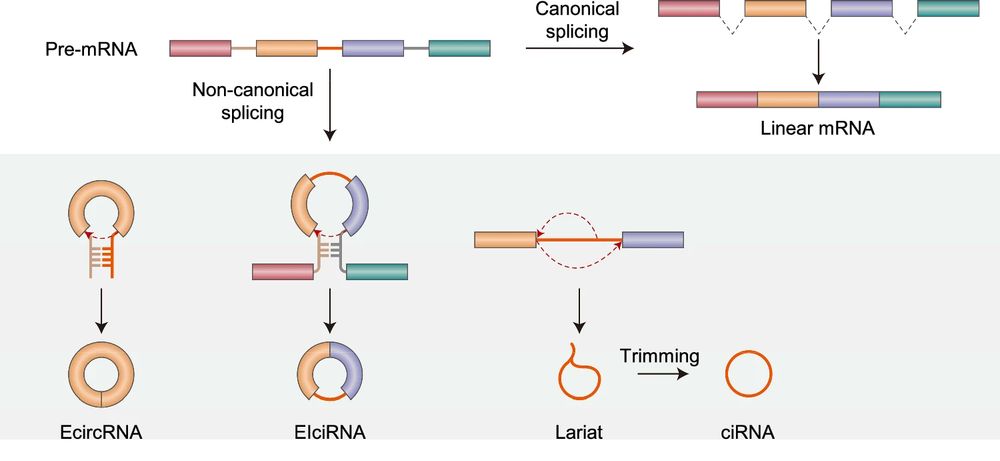Ana Martínez Gómez
@brainbyana.bsky.social
24 followers
71 following
54 posts
PhD student
Brain & Neurogenesis | Evolution of the Brain | Genomics
Posts
Media
Videos
Starter Packs
Pinned
Reposted by Ana Martínez Gómez






